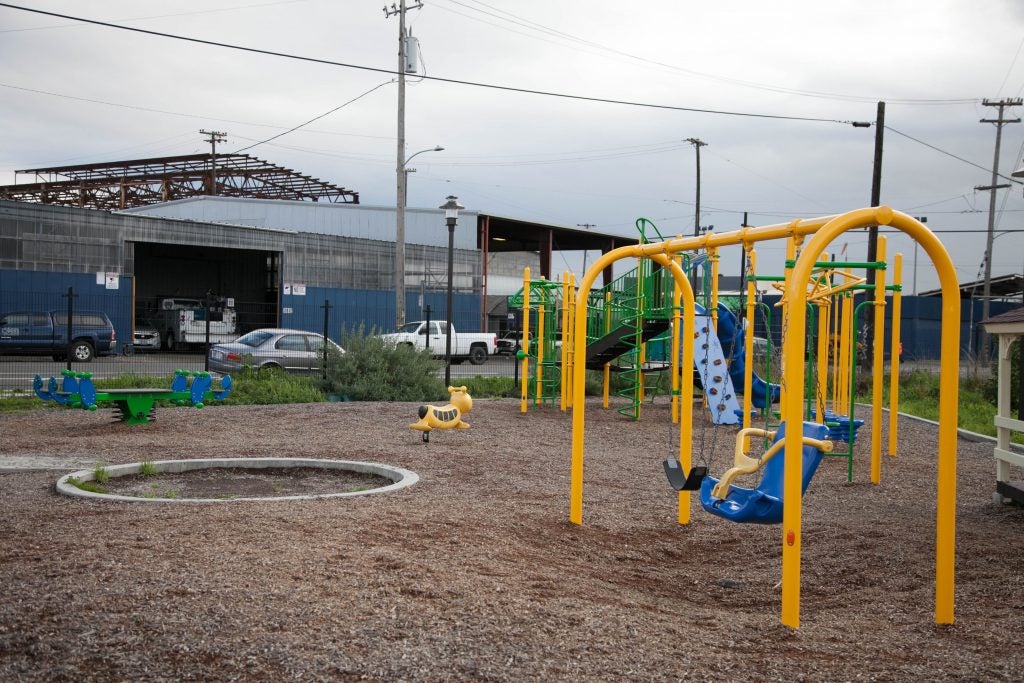Maria Harris is an Environmental Epidemiologist.
It all started with a challenge in 2013: how to engineer pollution-sensing balloons. Thomas Kirchstetter, Adjunct Professor at the University of California, Berkeley and the Director of the Energy Analysis and Environmental Impacts Division at Lawrence Berkeley National Lab, wanted to attach pollution sensors to high altitude weather balloons to measure how black carbon moves throughout the atmosphere.
Black carbon “soot” is emitted from diesel engines on trucks, locomotives, and ships, as well as from wildfires and the combustion of solid fuels for cooking and heating. But available technology to measure this air pollutant wasn’t well suited to handle the changes in temperature and humidity experienced during its ascent through the atmosphere or affordable enough to scale. So, he and Berkeley graduate students Danny Wilson and Julien Caubel researched what it would take to create their own.
Meanwhile, Kirchstetter had been in touch with Joshua Apte, assistant professor at the University of Texas at Austin, about his work leading Environmental Defense Fund’s mobile pollution monitoring study using Google Street View cars to measure air quality in Oakland. Apte asked Kirchstetter to support the team’s analysis as they examined how pollution concentrations varied from block to block—including black carbon. That’s when a lightbulb went off for Kirchstetter.











